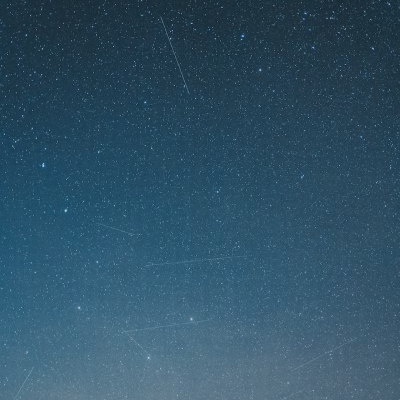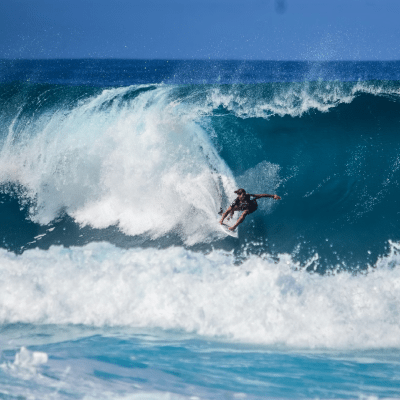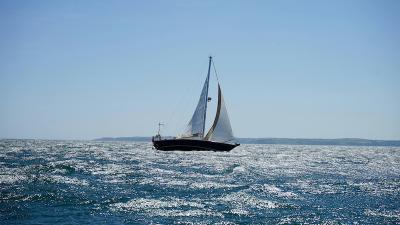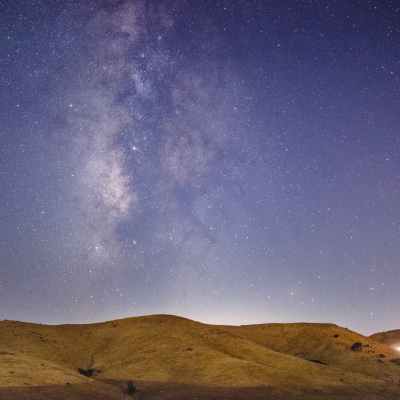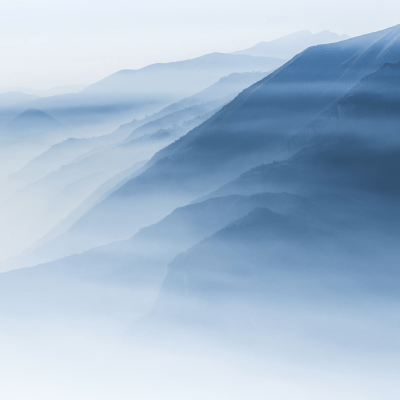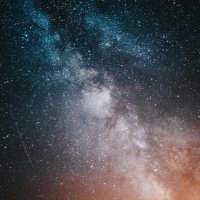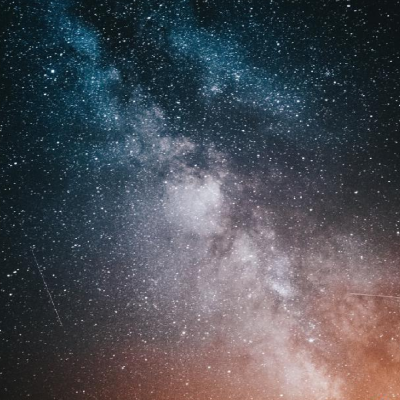
[Sky]
Ursids: The Year’s Final Meteor Surprise
If you still crave meteors after the Geminids, keep your gear handy for the Ursids. This faithful shower peaks on the night of 22 December, just after the solstice, delivering roughly 10 meteors per hour with occasional outbursts when Earth crosses dense filaments shed by Comet 8P/Tuttle. The radiant sits near the Little Dipper’s bowl in Ursa Minor, so it never sets for most Northern Hemisphere observers.
Read more...
